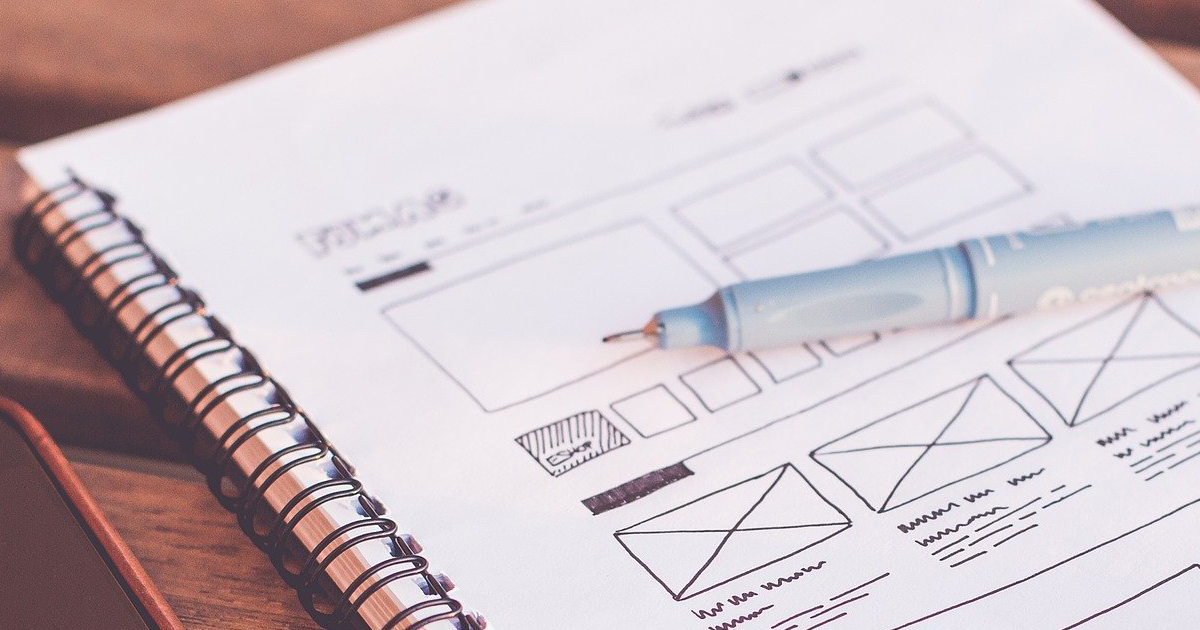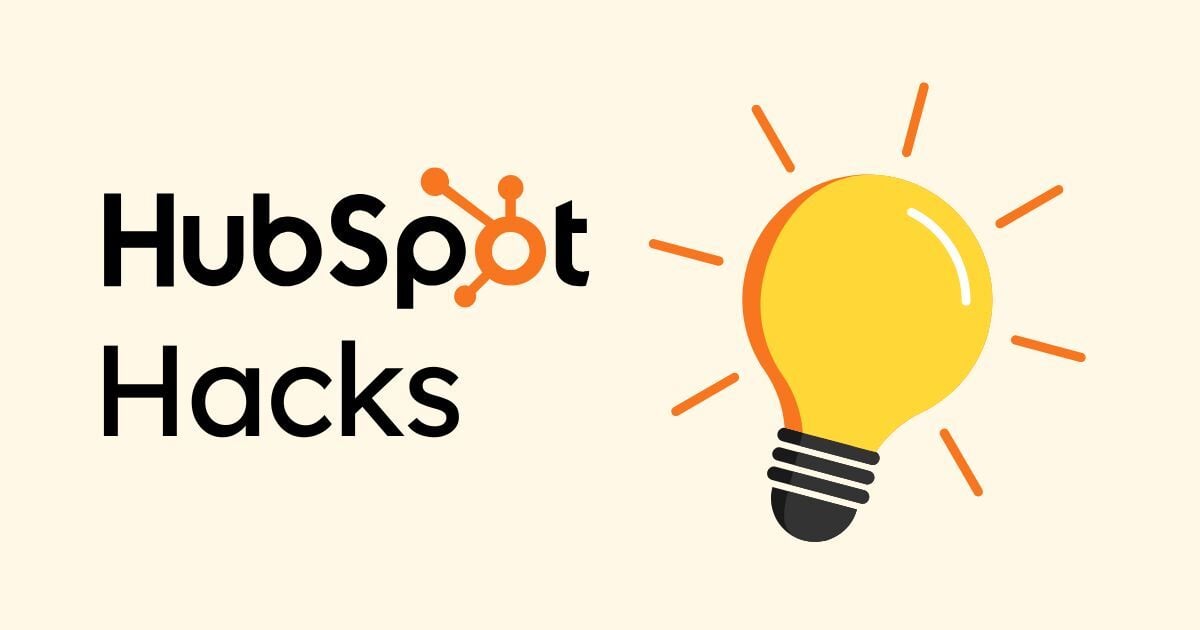
Financial Design Disruption: Evolving the Financial Creative Design Process

On Wednesday, September 29, 2021, I had the privilege of participating in the panel: The Creative Process & Why It Matters in Financial as part of Gramercy Institute’s Financial Agency Brilliance Series.
In this panel discussion, Gramercy Institute sought to peek behind the agency curtain to examine the process of what appears to be “the magic” of crafting brilliant creative in financial marketing. We also discussed what makes effective creative in financial and what signs to look out for that indicate creative messaging may be falling short.
Joining me (Nick Landsberger, Lead Designer, Gate39 Media) on this panel were several other esteemed financial marketing creative leaders:
- Jill Deardorff, President & CEO, Deardorff Associates
- Mark Knowles, General Manager – Creative Production, Americas, Tag
- Paul Leibowitz, President & Chief Creative Officer, Leibowitz
- Jim Misener, President, 50000 feet
We discussed the importance of design process along with our individual approaches to financial creative. As financial marketing specialists, everyone agreed that designs are not developed until we have gained a strong understanding of our client’s business and goals.
This plays out by following a set process: The Phases of Financial Design.
The Phases of Financial Design
In our discussion we touched upon the general phases of the financial design process, which the American Marketing Association writes about here:
- Phase 1: Empathize – Gather High-Quality Consumer Understanding
- Phase 2: Define – Create a Brilliant Design Brief for All Stakeholders
- Phase 3: Ideate and Collaborate
- Phase 4: Prototype – Hold Inspirational Rapid-Sketch Sessions or Design Sprints
- Phase 5: Test – Get Fast, Productive Feedback from Human Beings
How Do We Collect Audience-Led Insights That Influence Design Evolution?
As we operate within an agency that specializes in financial services design, my team and I tend to look at the latest design trends in the digital space and think about how they can be best applied to the financial space.
In all concepts of design, we must continuously ask questions such as:
- How does the design support the message our clients want to convey?
- How does it affect a user’s journey through a website?
- How can we attract — and most importantly retain — an audience within our designs?
- Is the design disruptive?
What is Design Disruption?
Disruption, with regards to design, is all about creating something new. Using the latest available technology to remain ahead and cutting-edge often involves a new way of thinking.
New technology also brings with it new functionality and features that design must adapt to. Interfaces, interaction, and navigation mechanics can all be additions to your marketing medium that are symptoms of disruption and therefore will need clever design to help utilize them effectively with your brand’s messaging.
Once we’re able to align design trends with the goals of our customers – if the design concept supports the brand ethos and business goals and has stakeholder buy in — we have a case to move forward on expanding and unpacking the concept even further.
What I Learned from Being on the Gramercy Institute Panel: Creative Excellence in Financial
It’s an exciting time to be a catalyst for creative in financial marketing.
On the panel, it was a unanimous position that great design, has “legs”; It’s something that stands up over time and the design examples mentioned with legs included the E*TRADE babies and the GEICO Caveman.
These are examples of characters designed and applied with great success in their respective marketing campaigns, delivering messages that resonated with their audience, and ultimately were remembered years after because of their efficacy.
Design is an important communication tool, and as designers in the financial space, it’s important to understand that what we’re really creating are conversations through a digital medium and interactions between a company and their audience. Any sub-par level of design can be detrimental to both a company and customer’s financial wellbeing, so it cannot be stressed enough: design plays a critical role from the outset.
Design must also visually encompass the values of a company – the values that help earn the trust of the customer.
How We Apply These Principles to the Design Experience of Financial Clients
 When working with Gate 39 Media, a financial client’s design and branding experience is clear and guided by a proven marketing process. The design experience starts with the Defining phase.
When working with Gate 39 Media, a financial client’s design and branding experience is clear and guided by a proven marketing process. The design experience starts with the Defining phase.
In a discovery meeting for the Defining phase, we listen to the client explain how they view and envision their company, how they want to be perceived, and how they position themselves within the financial space. We listen closely to their pain points and goals, both short and long-term, and absorb their brand story.
We then outline the overall goals and discuss our design process, collaborative expectations, and timelines.
When we present creative ideas, we understand that the first iteration of a design is not always a home run. This is where we outline an idea and present it to the client to help steer iterative direction.
We are transparent with our process, showcasing everything from thumbnail sketches, mood boards, or wireframes to develop ideas most ripe with potential.
We don’t showcase designs in isolation; We present designs to clients that are applied to the environments in which they will live (from websites and brochures to social media, billboards, and more).
This paints the clearest picture of how the work will be displayed and experienced by their own customers.
In our collaborative fashion, we keep our clients informed at every step of the design experience.
Whether you need a new logo or if your financial services firm is considering a website redesign, our talented team not only delivers customized solutions, but we ensure that your total customer experience at every touchpoint with our agency is superior.
I invite you to check out our portfolio of financial design work and let’s talk about your next design project.
—
BE SURE TO CHECK BACK AND FOLLOW GATE 39 MEDIA’S #WORKINGREMOTELY SERIES
You may also be interested in:
- The Critical Ways Website Design Influences Search Engine Optimization
- Image Impact: Why Visuals Are Essential to Your Marketing Strategy
- The Difference Between UX and UI and Why It Matters in Financial Marketing
Editor’s Picks
If you've been living inside HubSpot like we have, you know the true magic is in the small, hidden tricks—those little shortcuts that save hours and...


Connect with us to discover how we can help your business grow.
.jpg)



